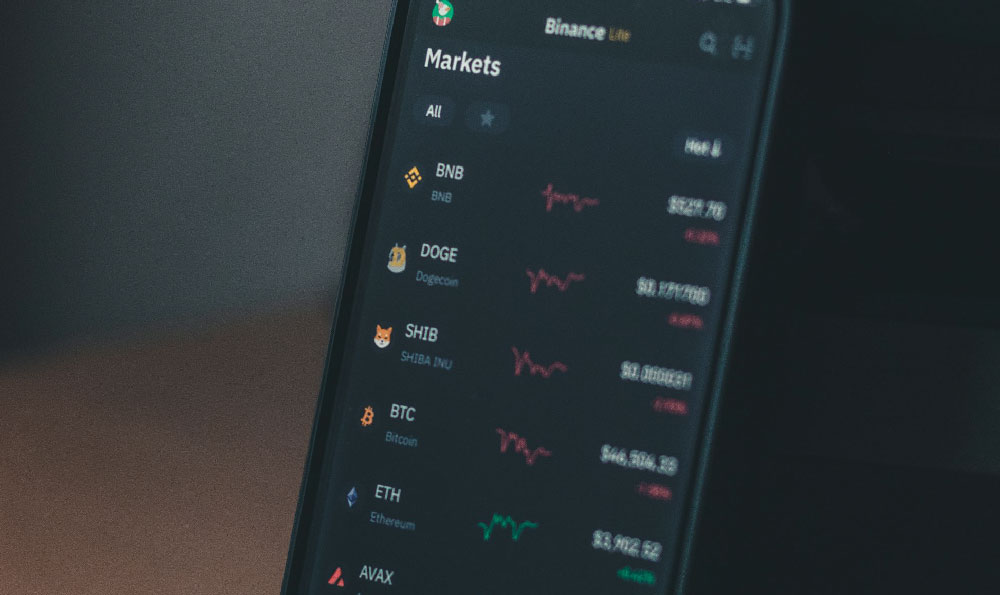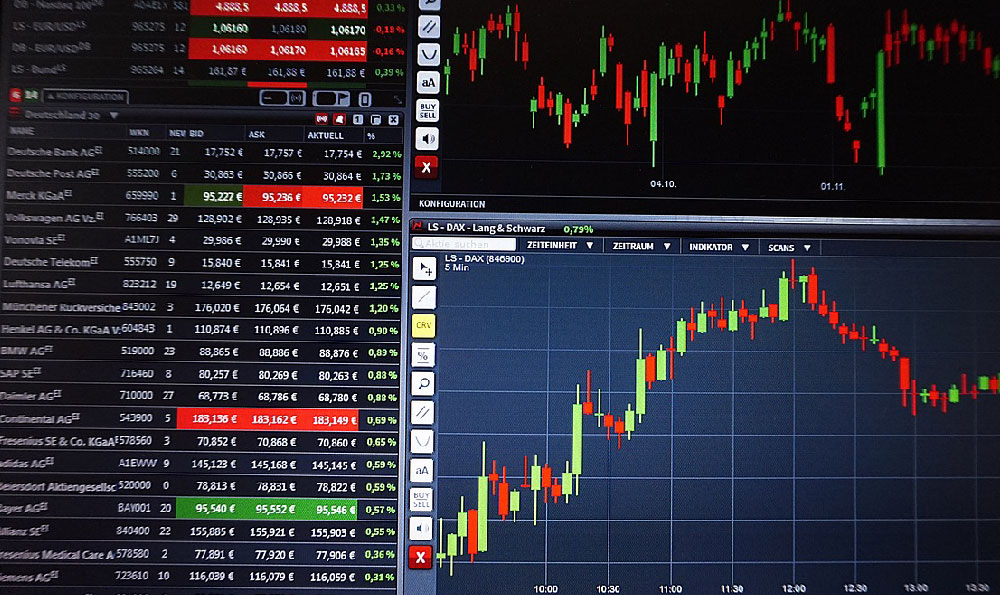Investing in cryptocurrency through platforms like Coinbase has become a popular avenue for individuals seeking to diversify their financial portfolios and capitalize on the rapidly evolving digital economy. However, the allure of high returns often masks the complexities and inherent risks of this market, making it essential to approach such investments with a clear understanding of both opportunities and pitfalls. Coinbase, as one of the leading cryptocurrency exchanges, offers a user-friendly interface and a range of tools to facilitate trading, but success in this space requires more than just access to the platform—strategic planning, risk management, and a deep comprehension of market dynamics are equally critical. For those new to the world of crypto, the journey begins with a fundamental question: how can one leverage Coinbase to generate sustainable income while navigating the volatility inherent in this asset class?
The foundation of any profitable strategy lies in education. Before diving into trading, it is crucial to understand the mechanics of blockchain technology, the factors that influence cryptocurrency prices, and the specific features of Coinbase that can aid in decision-making. For instance, Coinbase provides a range of trading pairs, enabling users to trade between different cryptocurrencies and fiat currencies. However, not all trading pairs are created equal, and familiarity with market trends, liquidity, and price correlation between assets is necessary to identify potential opportunities. Additionally, the concept of market capitalization, trading volume, and fundamental analysis of projects can offer valuable insights into the long-term viability of specific cryptocurrencies. By dedicating time to learn these principles, investors can make more informed choices rather than relying on short-term speculation or hype.
Diversification is another cornerstone of effective cryptocurrency investing. Given the high volatility of crypto markets, it is unwise to concentrate all assets in a single coin or token. Coinbase allows access to a wide array of cryptocurrencies, including established ones like Bitcoin and Ethereum, as well as newer projects with varying risk profiles. A well-structured portfolio might allocate a portion of funds to large-cap assets for stability, another portion to mid-cap or small-cap projects for growth potential, and a fraction to stablecoins or fiat for liquidity management. Diversification also extends to the types of strategies employed. For example, while some investors may focus on long-term holding, others might engage in day trading or swing trading, depending on their risk tolerance and financial goals. The key is to balance these approaches in a way that aligns with personal objectives and market conditions.

Risk management is perhaps the most critical aspect of crypto trading. The market is known for its extreme fluctuations, which can lead to significant gains or losses in a short period. Investors must establish clear boundaries for themselves, such as setting stop-loss orders to limit potential losses or employing position sizing techniques to ensure no single trade overwhelms their overall portfolio. Coinbase offers tools like limit orders and market orders, but understanding how to use them effectively requires practice and awareness of market trends. For instance, a stop-loss order can be placed at a predetermined price level to automatically sell an asset if it drops below a certain threshold, thereby protecting capital from unexpected downturns. Conversely, a limit order enables users to set a price point at which they want to buy or sell, combining flexibility with risk control.
Technical analysis and fundamental analysis are complementary tools that can enhance decision-making. Technical analysis involves studying historical price patterns, trading volumes, and chart indicators to predict future movements. Coinbase's trading platform provides access to real-time data and charting tools, allowing users to analyze these patterns and identify potential entry or exit points. Fundamental analysis, on the other hand, focuses on the intrinsic value of a cryptocurrency, including its technology, team, use cases, and market demand. Investors should evaluate the credibility of projects, their adoption rates, and any partnerships or developments that could impact their value. A combination of both approaches can lead to more robust investment decisions, reducing the likelihood of being swayed by short-term market noise.
Ultimately, earning money through Coinbase crypto trading is a multifaceted endeavor that requires a blend of knowledge, strategy, and discipline. The market presents unique opportunities for those willing to learn and adapt, but it also demands a cautious approach to mitigate risks. By prioritizing education, diversification, and risk management, investors can build a more resilient strategy that aligns with their financial goals. The path to success is not linear, and continuous learning, patience, and adaptability are essential traits for thriving in this dynamic environment. With a clear plan and a commitment to responsible investing, Coinbase can serve as a powerful tool for those seeking to unlock the potential of cryptocurrency and achieve long-term financial growth.











